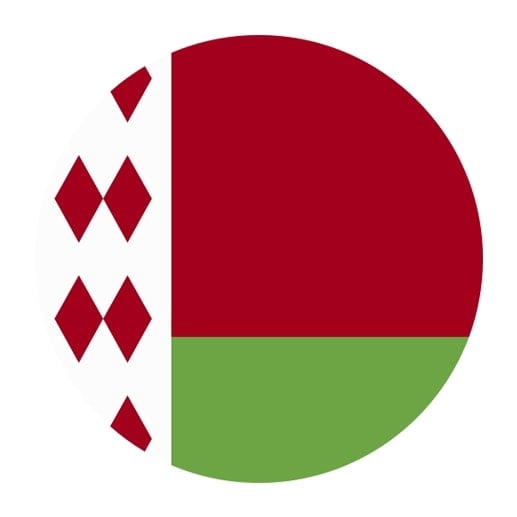Belarusian Grammar Exercises
Looking to improve your Belarusian language skills? Practicing grammar exercises is a great way to master sentence structure, verb forms, and the distinctive features of the Belarusian language. Start exploring Belarusian grammar today and watch your understanding and fluency grow with every exercise!
Get started
The most efficient way to learn a language
Try Talkpal for freeBelarusian Grammar Topics
Belarusian is an East Slavic language predominantly spoken in Belarus by around 70% of the population. As a Slavic language, it shares similarities with Russian and Ukrainian, which makes it easier for speakers of these languages to learn Belarusian. However, it has its unique features, and learning its grammar can be a rewarding experience for language enthusiasts. In this article, we will explore the essential Belarusian grammar topics in a sequence that will help you learn the language more effectively.
1. Nouns:
Start by learning Belarusian nouns, which can be masculine, feminine, or neuter. They have six cases: nominative, accusative, genitive, dative, instrumental, and prepositional, which determine the noun’s function in a sentence. Pay attention to the noun endings and declension patterns, as they will help you understand how nouns change in different cases.
2. Articles:
Unlike English, Belarusian does not have articles. Therefore, you can focus on learning other aspects of the language without worrying about this topic.
3. Pronouns/Determiners:
Next, learn pronouns and determiners, which function similarly to their English equivalents. They replace nouns and convey information about possession, quantity, or identity. There are personal, possessive, demonstrative, interrogative, and relative pronouns in Belarusian, and you need to memorize their forms and usage.
4. Adjectives:
Adjectives in Belarusian agree with the noun they modify in gender, number, and case. Learn the adjective endings and how to form comparative and superlative degrees to express different levels of comparison.
5. Verbs:
Verbs are crucial in Belarusian, as they convey actions, states, and events. Learn about the verb conjugation, which consists of two groups: the first conjugation (mostly masculine verbs) and the second conjugation (mostly feminine verbs). Also, study the imperative and subjunctive moods and how to form them.
6. Tenses:
Belarusian has three main tenses: past, present, and future. Learn how to form and use these tenses to talk about events and actions at different times.
7. Tense Comparison:
Comparing tenses in Belarusian is essential for understanding the relationship between past, present, and future events. Study the sequence of tenses and how to use them in complex sentences.
8. Progressive:
Belarusian uses the progressive form to express ongoing actions. Learn how to form this aspect with the appropriate verb conjugation and auxiliary verbs.
9. Perfect Progressive:
The perfect progressive aspect in Belarusian combines the concepts of completion and duration. Learn how to form this aspect using auxiliary verbs and the correct verb forms.
10. Adverbs:
Adverbs modify verbs, adjectives, and other adverbs, adding more information to the sentence. Learn the different types of adverbs in Belarusian, their formation, and their placement in the sentence.
11. Prepositions:
Prepositions are essential for expressing relationships between words in a sentence. Learn the most common Belarusian prepositions, their cases, and how to use them with nouns and pronouns.
12. Conditionals:
Conditionals express hypothetical situations and their consequences. Study the three types of conditionals in Belarusian: real, unreal, and mixed, and their corresponding verb forms.
13. Sentences:
Finally, learn about Belarusian sentence structures, including simple, compound, and complex sentences. Practice combining different grammar elements to build sentences and improve your overall language skills.








